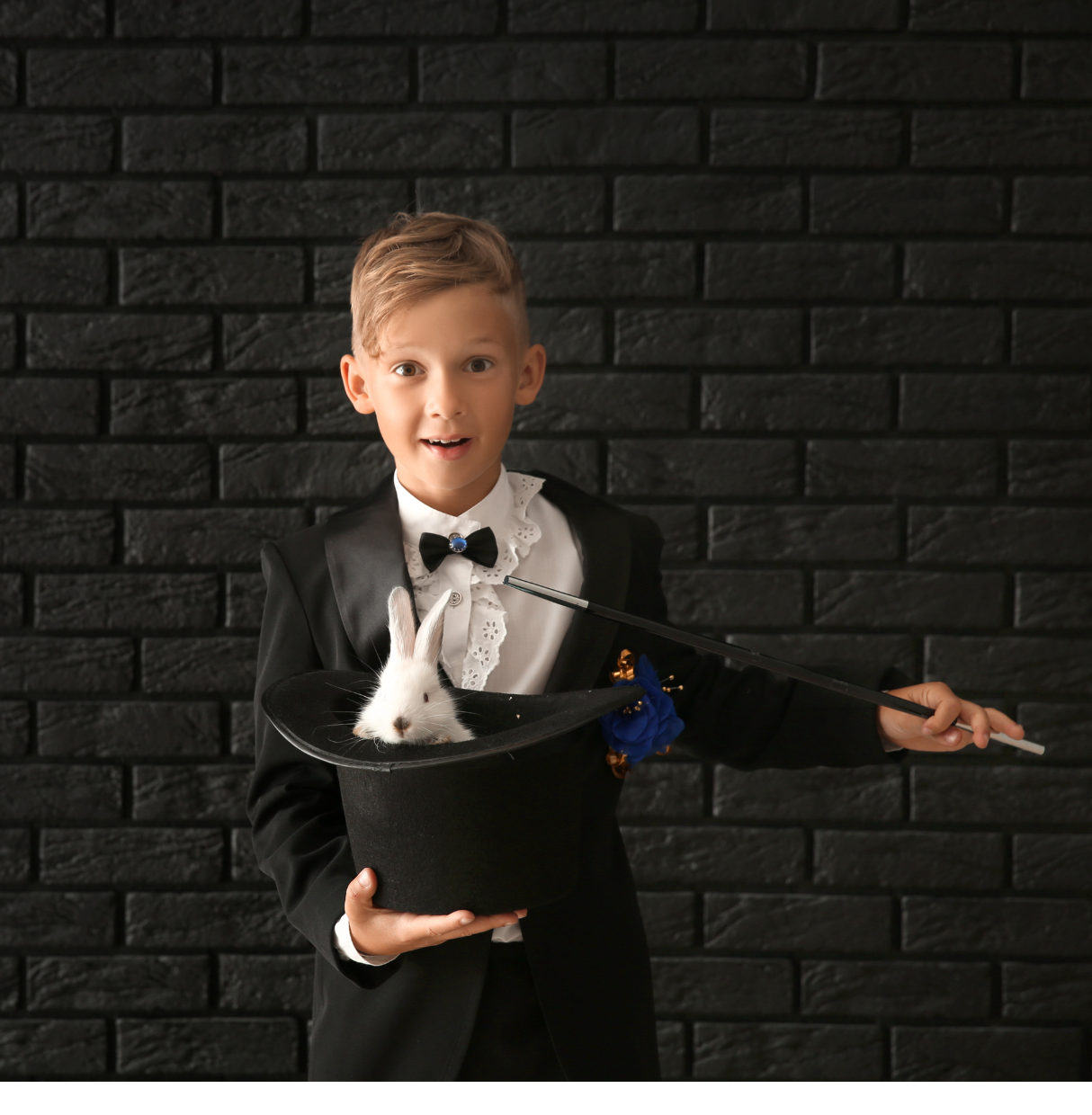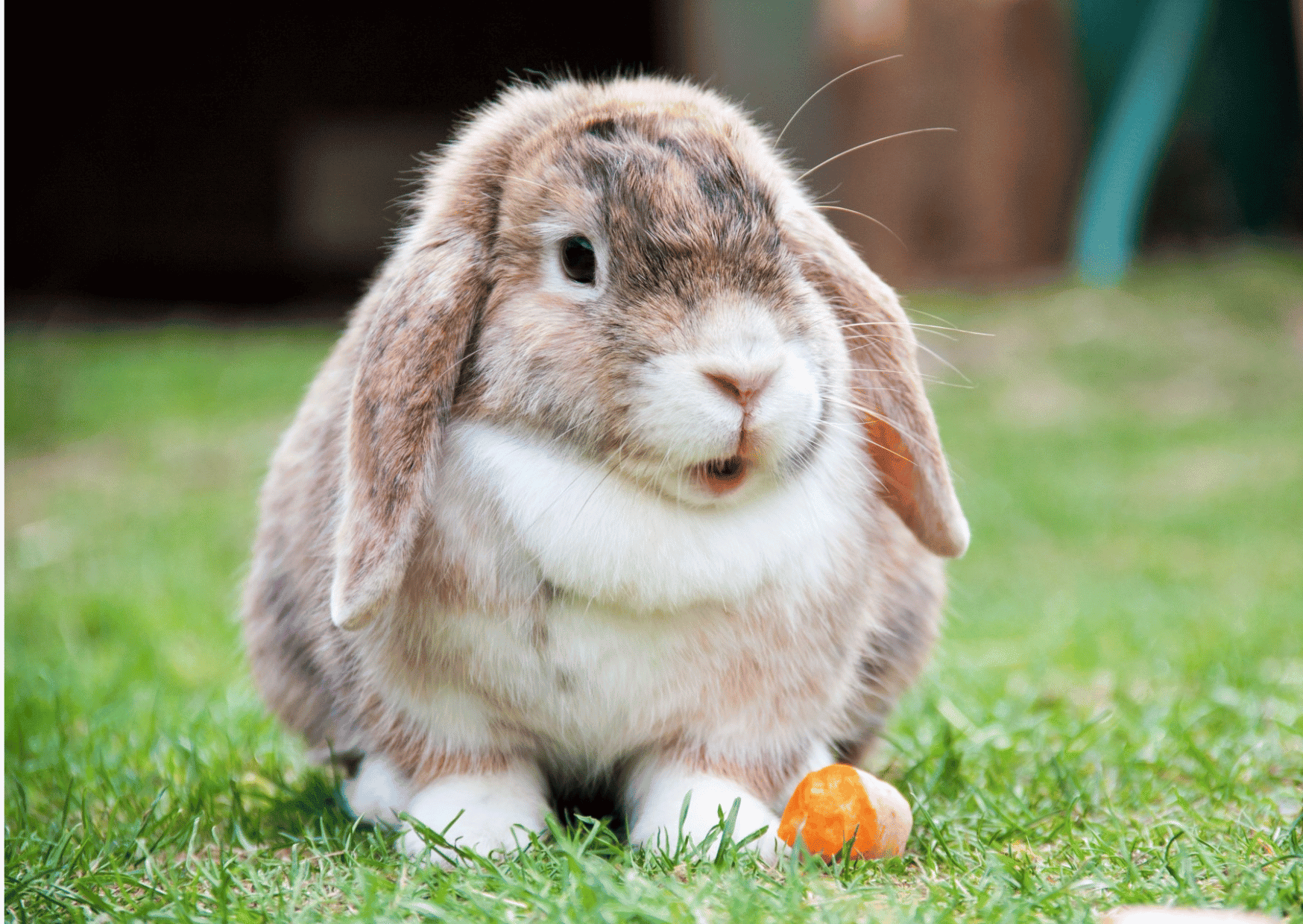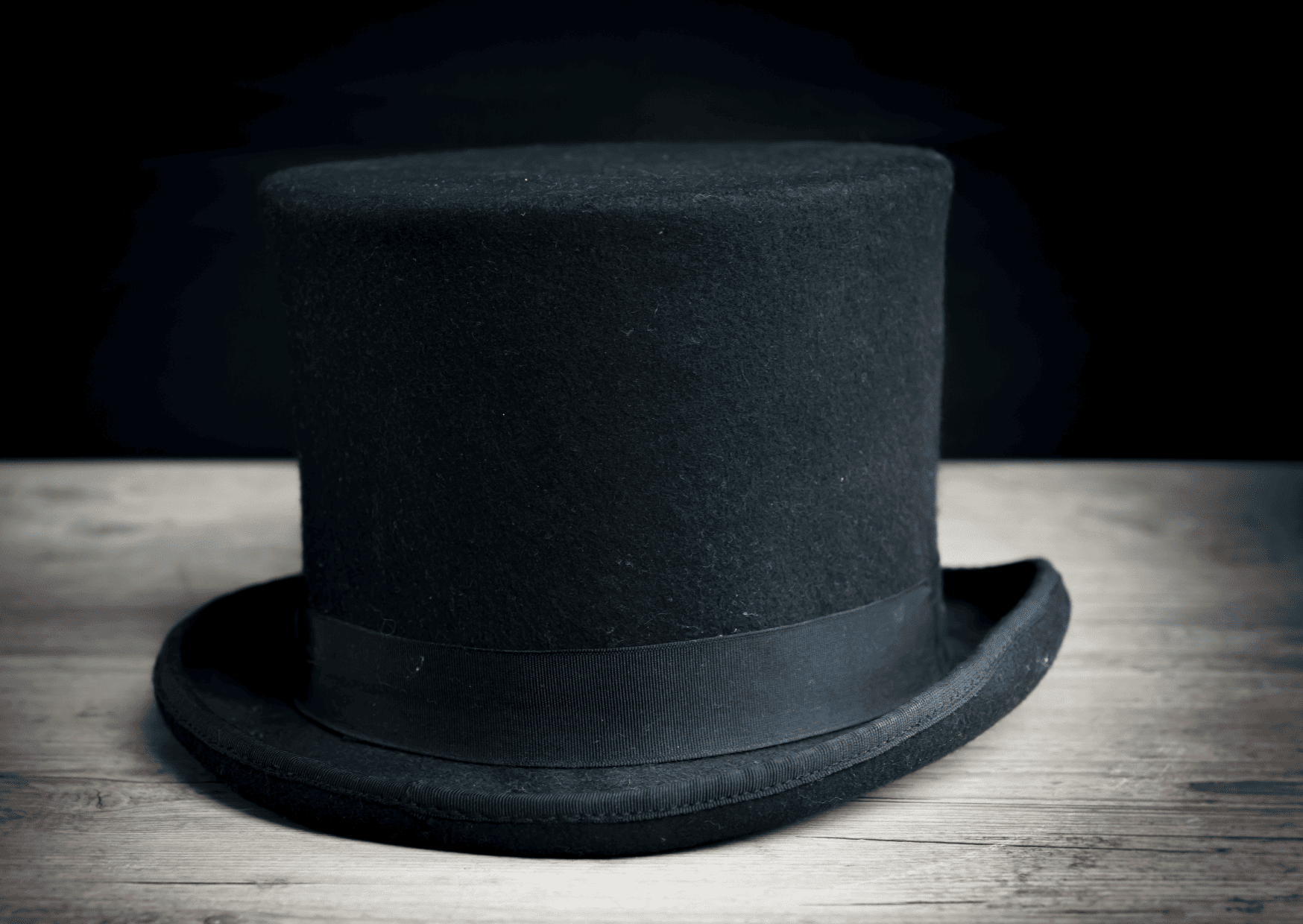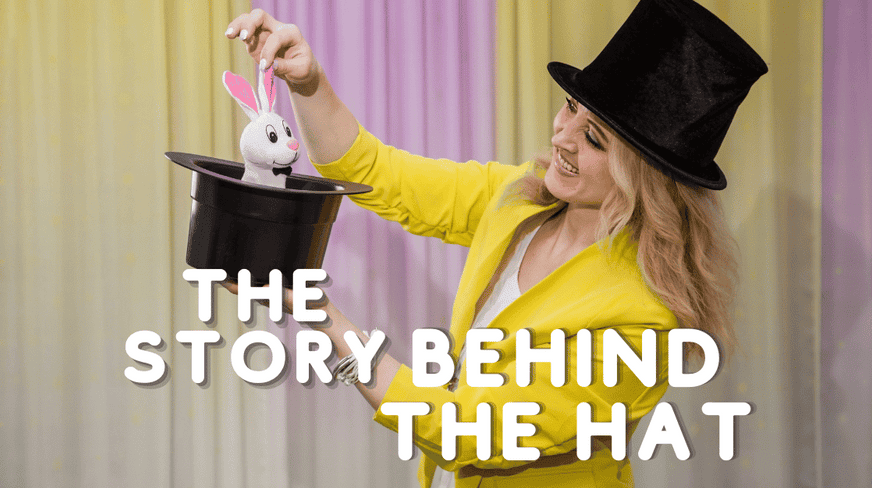 Today we’re going to delve into one of the most iconic symbols of magic and illusion: the infamous ‘Rabbit in the Hat’ trick.
Today we’re going to delve into one of the most iconic symbols of magic and illusion: the infamous ‘Rabbit in the Hat’ trick.
We’ve all seen it, haven’t we? The grand magician, with a flourish of his cloak and a dramatic wave of his wand, reaches into an empty top hat and – voila! – pulls out a surprised-looking rabbit. The crowd erupts in applause and awe. This classic trick has become so associated with the world of magic that the mere image of a top hat often invokes thoughts of secret tricks, illusionists, and delightful mystification. But have you ever paused to wonder – why a rabbit? Why a hat? And just how did this all start?
The origins of the ‘Rabbit in the Hat’ trick are, in many ways, as mysterious as the trick itself. The earliest documented case of the trick appears in a book of magic tricks from the 18th century, where it was referred to as “the production of life.” However, the trick truly gained prominence in the 19th century, during the Victorian era, when notable magicians such as French magician Louis Comte and Scottish illusionist John Henry Anderson – also known as “The Great Wizard of the North” – incorporated this trick into their performances.
But before we dive deeper into the history, it’s important to acknowledge a contemporary perspective: the ethics of using live animals in magic performances. While the ‘Rabbit in the Hat’ trick has undoubtedly contributed to the charm and allure of magic shows, it has also raised concerns about animal welfare. These concerns have grown over the years, as societal attitudes towards animals have evolved, with greater emphasis being placed on their rights and well-being.

In the past, rabbits were considered an ideal choice for several reasons. They are docile, easy to handle, and their natural tendency to freeze in bright light made them perfect for stage performances. But, perhaps most importantly, rabbits have an uncanny ability to scrunch into small spaces and remain still, making them ideal for the magician’s secret compartments.
However, it’s essential to recognize that these are still live, sentient creatures. Being kept in confined spaces and exposed to loud noises and bright lights can cause significant stress and harm to the animals. Today, many people, including animal rights advocates and several magicians, believe that using animals in magic acts can be cruel and unethical. What do you think? Leave a comment below and give us your take on it.
This shift in attitudes has inspired many magicians to develop new tricks and illusions that don’t involve live animals, demonstrating that magic can still be as enchanting and captivating without using animals.

As for the iconic top hat, it was likely chosen because it was a common accessory at the time. Magicians would often begin their show wearing the hat, creating a sense of wonder when they subsequently produced a rabbit from it. After all, the audience had just seen the magician wearing the seemingly ordinary hat. Where could the rabbit possibly have come from?
The legacy of the ‘Rabbit in the Hat’ trick continues to influence the world of magic, even as societal attitudes evolve and magicians adapt to these changes. Today, the trick serves not just as an emblem of magical mystique, but also as a reminder of our growing awareness and empathy towards the animals with whom we share our world.
Isn’t it fascinating how a simple trick could carve such a profound place for itself in the world of magic? The ‘Rabbit in the Hat’ trick isn’t just about the shock and awe of seeing a rabbit appear from an empty hat. It’s about the legacy, the history, the evolution of a trick that symbolizes the timeless appeal of magic. It’s also a testament to our capacity for change, our ability to adapt our practices to align with our evolving values.
So the next time you see a magician, remember, you’re not just witnessing a trick. You’re witnessing an art form that has evolved over centuries, reflecting changes in our society and our values. Magic is more than just illusions and tricks. It’s a reflection of our culture, our imagination, and our humanity. And isn’t that just magical?
